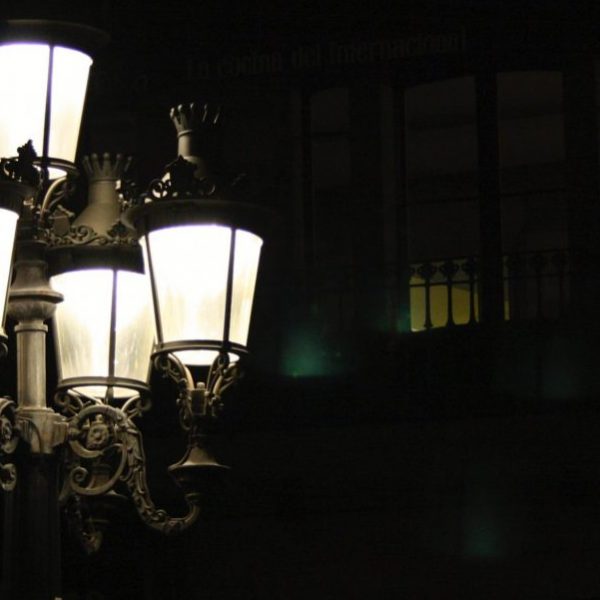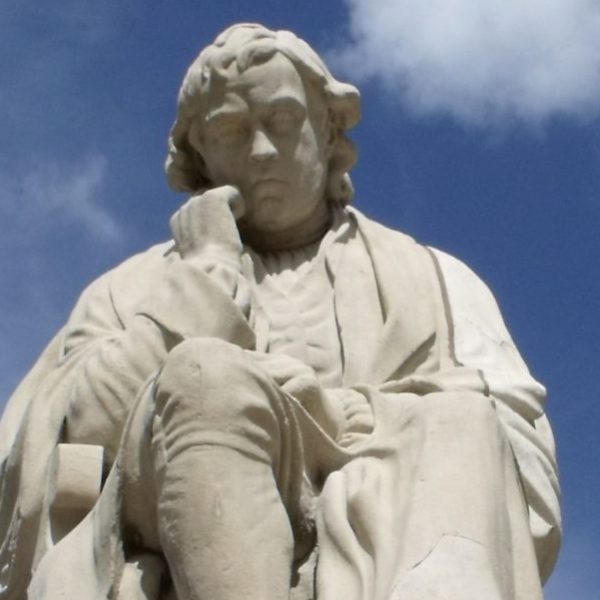Charles Dickens’ Extreme Vacation
Summer vacationers all over America right now are camping for a weekend, spending the afternoon at the pool, or if they are adventurous, going snorkeling. Most people probably are not embarking on a dangerous transatlantic voyage and leaving their children for a six-month tour of a foreign country, but that’s exactly what Charles Dickens and his wife, Catherine, did in 1841.
 Michael Slater’s critically-acclaimed biography Charles Dickens, now out in paperback, details the author’s nineteenth-century-style extreme vacation. A wooden-paddle steamer, the S.S. Britannia, took Charles and Catherine from Liverpool to Boston, running aground temporarily off Canada’s coast. After staying in Boston, they then traveled through Worcester, Massachusetts; Hartford, Connecticut; New York; Philadelphia; Washington, D.C.; Fredericksburg, Virginia; and Richmond, Virginia…all in just the first two months. The couple seems to have seen much of the United States through the windows or over the railings of steamboats, trains, canal boats, and stage-coaches. Their fellow passengers and they found the canal boat so uncomfortable that Dickens had to hypnotize one of the women to sleep. He also would have disagreed with Mark Twain about the wonders of the Mississippi after his subsequent steamboat trip.
Michael Slater’s critically-acclaimed biography Charles Dickens, now out in paperback, details the author’s nineteenth-century-style extreme vacation. A wooden-paddle steamer, the S.S. Britannia, took Charles and Catherine from Liverpool to Boston, running aground temporarily off Canada’s coast. After staying in Boston, they then traveled through Worcester, Massachusetts; Hartford, Connecticut; New York; Philadelphia; Washington, D.C.; Fredericksburg, Virginia; and Richmond, Virginia…all in just the first two months. The couple seems to have seen much of the United States through the windows or over the railings of steamboats, trains, canal boats, and stage-coaches. Their fellow passengers and they found the canal boat so uncomfortable that Dickens had to hypnotize one of the women to sleep. He also would have disagreed with Mark Twain about the wonders of the Mississippi after his subsequent steamboat trip.
Before the tour, Slater notes, Dickens “borrowed a copy of George Catlin’s Letters and Notes on the Manners, Customs, and Conditions of the North American Indians…He was evidently hoping to meet some Native Americans.” After only one chance encounter with Choctaw chief Pitchlynn, “he had romantically to imagine the Native Americans as they once picturesquely roamed in their ‘solitudes.’” Both the situation of the Native Americans and the African slaves disgusted him, and he shortened his stay in the South because of the latter.
We might recognize Niagara Falls as a “normal” tourist destination, and maybe West Point Military Academy to be generous, but the rest of Dickens’s sightseeing may appear a little bizarre. Because of his interest in the social welfare of the lower classes, he visited prisons, asylums, hospitals, workhouses, and the Lowell factories. He made these “inspections” of various institutions partly to report in later writings and partly to escape the constant eyes upon him.
The celebrity author had made the trip “to get materials for writing about America but here was America first writing about him!” Then, the British writer grew hostile towards the American media, later denouncing its “mortal poison” and claiming it had an “evil eye in every house.” One newspaper had noted that Dickens’ “‘rather yellow teeth’ showed that he did not avail himself of ‘Teaberry Tooth Wash’…the virtues of which…were described elsewhere in the paper.” While Dickens traveled extensively both throughout England and the rest of Europe, he may have never been so intensely scrutinized as in America, when one paper took the time not only to notice his gold watch and shaggy brown coat, but that his “eyeballs completely filled their sockets.”


























Hey,
Thanks! Great post you have written on “Charles Dickens’ Extreme Vacation”. Really I can say that your post is very informative, I’ll come across your blog again when you will update it with new.
Thanks,
James
http://www.villavacations.com/